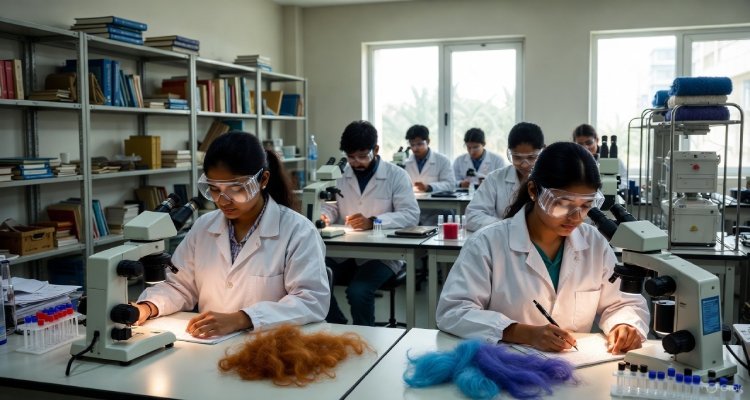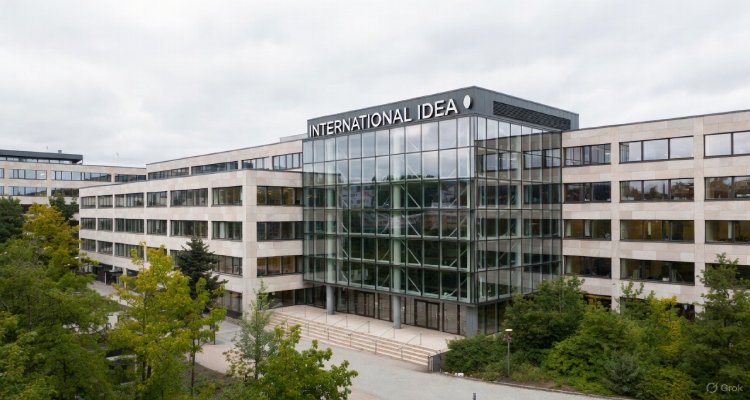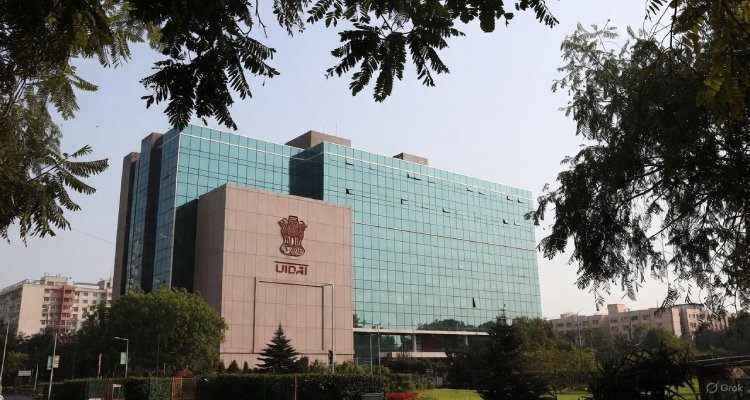South Korea Boosts Chip Sector with $23B Package Amid U.S. Trade Tensions
South Korea unveils a $23 billion semiconductor support package to protect its chip industry amid growing U.S. tariff uncertainty and Chinese competition.
South Korea Rallies Behind Its Chipmakers as Global Trade Winds Shift
As global trade tensions mount and semiconductor rivalry intensifies, South Korea is making a decisive play. On Tuesday, the country announced a sweeping expansion of its support for the semiconductor sector—upping the ante to 33 trillion won ($23.25 billion)—in a bold move aimed at insulating its economy from geopolitical headwinds and growing U.S.-China tech friction.
This latest funding surge represents a 25% jump from the previous 26 trillion won initiative unveiled just last year. But this is more than just numbers on a spreadsheet—it’s a lifeline for an industry that forms the bedrock of South Korea’s export economy and technological prowess.
A Strategic Bet on Chips, Not Just Commerce
Semiconductors account for over 21% of South Korea’s exports. In 2024 alone, chip exports raked in $141.9 billion, with $46.6 billion headed to China and $10.7 billion to the United States, according to trade ministry data. The stakes are high, and Seoul is keenly aware.
The support package comes amid rising policy unpredictability from Washington, especially as former U.S. President Donald Trump—who is vying for a return to office—signaled plans to unveil new semiconductor import tariffs in the coming days. Trump suggested there would be “flexibility” for some companies, but the uncertainty has already prompted ripples across global supply chains.
“Global chipmakers are navigating a more fragmented and politically charged trade environment,” said Dr. Jun-Ho Kim, a semiconductor policy analyst at Seoul National University. “South Korea’s move is a proactive attempt to future-proof its tech dominance.”
Financial Muscle and Policy Tools
The revised package includes a beefed-up financial assistance program: 20 trillion won ($14.1 billion) in loans, guarantees, and incentives—up from 17 trillion won previously. This infusion of liquidity is meant to offset rising production costs and support South Korean firms as they battle for market share in design innovation and contract manufacturing—areas where competitors like Taiwan’s TSMC and U.S.-based Intel are surging ahead.
In addition to funding, the government pledged to fast-track regulatory approvals, expand tax breaks, and invest in R&D infrastructure. Several ministries, including the Ministry of Trade, Industry, and Energy, issued a joint statement framing the effort as a “comprehensive national strategy” to secure South Korea’s semiconductor future.
The plan is not just about economics—it’s about resilience. “Semiconductors are the oil of the digital era,” remarked Trade Minister Ahn Duk-geun. “And we must ensure South Korea has control over this vital resource.”
The Geopolitical Backdrop: U.S., China, and a Shifting Global Order
The timing of South Korea’s move is no coincidence. Over the past year, Washington has ramped up efforts to limit China’s access to advanced semiconductor technology, triggering tit-for-tat restrictions that have left major chip producers scrambling to recalibrate supply routes and partnerships.
At the same time, U.S. policymakers have poured billions into domestic chip manufacturing through the CHIPS and Science Act, aiming to reduce reliance on Asian suppliers. Yet, for allies like South Korea, navigating this landscape requires diplomatic finesse and economic agility.
“There’s a tightrope to walk,” said Jenny Town, a senior fellow at the Stimson Center. “South Korea wants to maintain its economic ties with both China and the U.S. while shielding itself from the fallout of their tech war.”
Domestic Industry Facing a High-Stakes Evolution
While South Korea remains a global powerhouse in memory chips—home to giants like Samsung Electronics and SK Hynix—it has lagged in advanced logic chips and foundry services, which are critical for emerging technologies like AI, 5G, and autonomous vehicles.
To close that gap, Seoul’s new strategy includes aggressive investment in chip design education, AI-integrated fabrication technologies, and international collaborations with firms in Europe and the U.S. The country is also considering direct equity investments in promising startups within the semiconductor ecosystem.
Samsung, for example, has recently ramped up development in AI-optimized chips, while SK Hynix is exploring advanced EUV (extreme ultraviolet) lithography for next-generation memory products. These areas will benefit directly from the newly unlocked funding pool.
Auto Industry Also Gets a Lifeline
In parallel with semiconductor support, the South Korean government also revealed emergency measures aimed at cushioning its auto industry, another major pillar of its economy, from potential U.S. tariffs.
The measures include tax breaks, subsidies to boost domestic consumption, and export diversification incentives. This dual-sector strategy signals the administration’s broader approach to de-risk South Korea’s economy from external shocks as the 2024 U.S. election season looms large on global policy agendas.
“Automakers have seen double-digit export growth to the U.S. for years,” said Lee Ji-yeon, senior economist at the Hyundai Research Institute. “Any disruption now could undo years of progress.”
A Race for Economic Sovereignty in Tech
South Korea is far from alone in its push to reclaim supply chain sovereignty. Japan has also increased its semiconductor investments, with companies like Rapidus partnering with IBM for next-gen chip production. Meanwhile, the EU continues its drive for ‘digital sovereignty,’ aiming to double its global chip production share by 2030.
However, Seoul’s $23 billion commitment stands out for its scale and urgency. It’s a clear signal that South Korea doesn’t intend to remain a backseat player in the next era of technological dominance.
Looking Ahead: Resilience Through Innovation
As geopolitical fault lines redraw the global tech map, South Korea’s semiconductor strategy serves as an economic shield and a long-term bet on innovation-led growth.
This pivot could ultimately strengthen its positioning in advanced sectors ranging from quantum computing to AI chips—technologies that will define market share and global influence.
In this high-stakes global game, Seoul has made its move. Now, all eyes are on whether the funding, combined with smart policy and private-sector execution, can keep South Korea in the vanguard of the digital age.
Source: (Reuters)
(Disclaimer: This article is for informational purposes only and does not constitute financial, investment, or legal advice. Readers should consult professional advisors before making decisions based on this content.)
Also Read: Tech Stocks Surge as US Eases Tariffs on Smartphones and Chips











